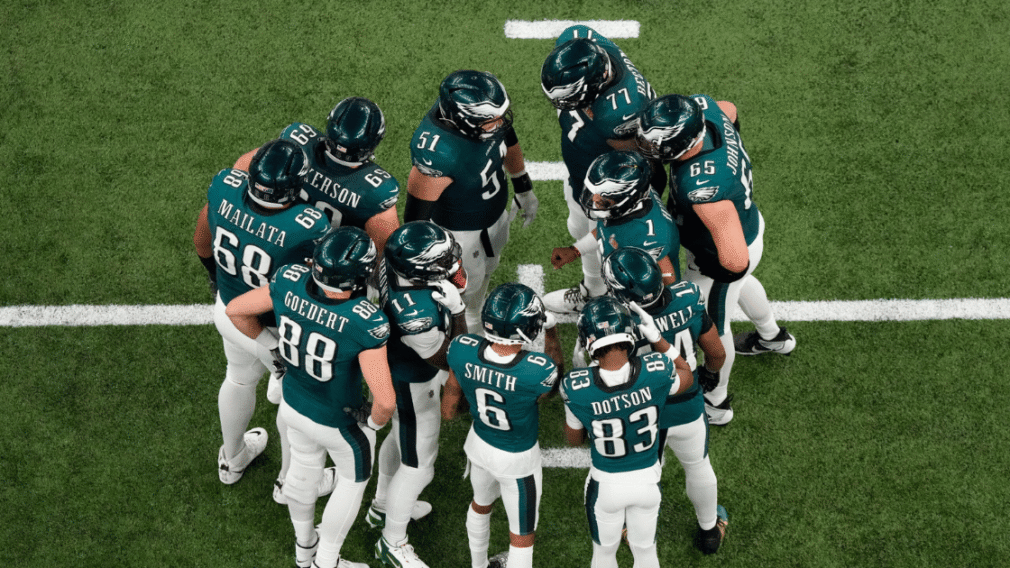Understanding Point Spreads in NFL: A Complete Guide
The point spread is the most popular type of bet in American football, designed to make every game a balanced proposition for bettors. It effectively acts as a margin of victory assigned to the favorite team, leveling the field between two teams with a perceived difference in talent. A user should understand that betting on the spread is not about simply picking the winner; it is about predicting whether a team will win by more points than expected or lose by fewer.

The primary goal of the spread is to attract roughly equal betting action on both sides. This system ensures the sportsbooks profit from the commission, known as the vigorish or “vig,” regardless of the game’s final outcome. For most NFL spread bets, the vig is set at -110, meaning a bettor must risk $110 to win $100. Winning consistently requires a better than 52.4% hit rate to overcome this cost.
How the NFL Point Spread Works
A point spread numerically represents the projected difference in score between the favorite and the underdog. It shifts the focus from a straight win/loss prediction to a question of margin.
| Team Type | Sign | Requirement to “Cover” the Spread |
| Favorite | Minus sign (e.g., -7) | Must win the game by more than the point spread (e.g., by 8 points or more). |
| Underdog | Plus sign (e.g., +7) | Must win the game outright or lose by fewer points than the spread (e.g., lose by 6 points or less). |
A half-point, known as the “hook,” is often added to the spread (e.g., $\pm$6.5) to prevent a push. A push occurs when the final margin of victory is exactly equal to the spread, resulting in all wagers being refunded. For instance, if the spread is −7 and the favorite wins by exactly 7 points, the bet is a push.
Real-World Examples
Scenario 1: Eagles -3.5 vs. Packers +3.5
- Eagles Win 27-20 (7-point margin): The Eagles cover the spread because 7 is greater than 3.5.
- Eagles Win 24-23 (1-point margin): The Packers cover the spread because the Eagles won by less than 3.5 points.
Scenario 2: Ravens -7 vs. Jets +7
- Ravens Win by 8+ points: Ravens cover.
- Ravens Win by 6 points or less, or Jets Win outright: Jets cover.
- Ravens Win by exactly 7 points: The bet is a push, and all wagers are returned.
The Science of Setting the Line
Professional oddsmakers use a blend of advanced analytics and risk management to set and adjust the lines throughout the week. The initial line is a projection of the difference in team ability, while subsequent moves are driven by the money bet by the public.
Key Factors in Line Calculation
- Team Strength and Power Ratings: Oddsmakers start with proprietary pre-season rankings and adjust based on weekly performance data.
- Home-Field Advantage: This factor is typically valued at around 3 points, though this number can shift depending on the specific venue and environment.
- Injuries and Rest: The availability of a starting quarterback is the most influential factor, often causing a large, immediate shift in the spread. Injuries to other key players or a team coming off a long road trip or a short week also impact the line.
- Public Betting Action: Lines move to balance the total money wagered on both sides. If the majority of wagers are placed on the favorite, the spread will often increase (e.g., from -6 to -7) to encourage bets on the underdog.
Data suggests that early in the NFL season, spreads tend to overestimate the favorite by about 1 point. This slight overestimation decreases as the season progresses and more data becomes available, creating a potential initial opportunity for betting on underdogs.
Essential Betting Strategies and Tips
Smart bettors look beyond simple team loyalty and focus on value, timing, and key numbers to gain an edge.
Focus on Key Numbers
Due to the NFL’s scoring structure (field goals are 3 points, touchdowns are 6 or 7 points with the extra point), margins of victory often land on certain key numbers, primarily 3 and 7. A half-point around these numbers, like −2.5 instead of −3, can be the difference between a win, a loss, or a push.
Line Shopping is Non-Negotiable
Since spreads can vary slightly across different legal sportsbooks, constantly comparing lines is critical. Getting an underdog at +3.5 instead of +3 or a favorite at −6.5 instead of −7 drastically improves long-term profitability, especially around key numbers.
Utilize Advanced Analytics
While simple win/loss records can be misleading, advanced metrics offer a clearer view of a team’s true performance. Key analytics to monitor include:
- DVOA (Defense-Adjusted Value Over Average): Measures a team’s efficiency by comparing its success on every single play to the league average, adjusted for opponent quality.
- EPA (Expected Points Added) per Play: Measures the change in expected points for a team from one play to the next, helping to evaluate the success of both the offense and defense.
Avoid Common Pitfalls
- Ignoring the Vig: The -110 price requires consistent winning. Always look for better odds if available.
- Betting with Emotion: Never bet on your favorite team or try to “get back” losses by increasing your bet size. Responsible bankroll management, often limiting wagers to 1-2% of total funds, is essential.
- Over-relying on Simple Biases: Historical data shows no consistent, profitable biases in simply betting home teams or favorites. Opportunities lie in reacting to line movements and evaluating matchups.
Recommended
